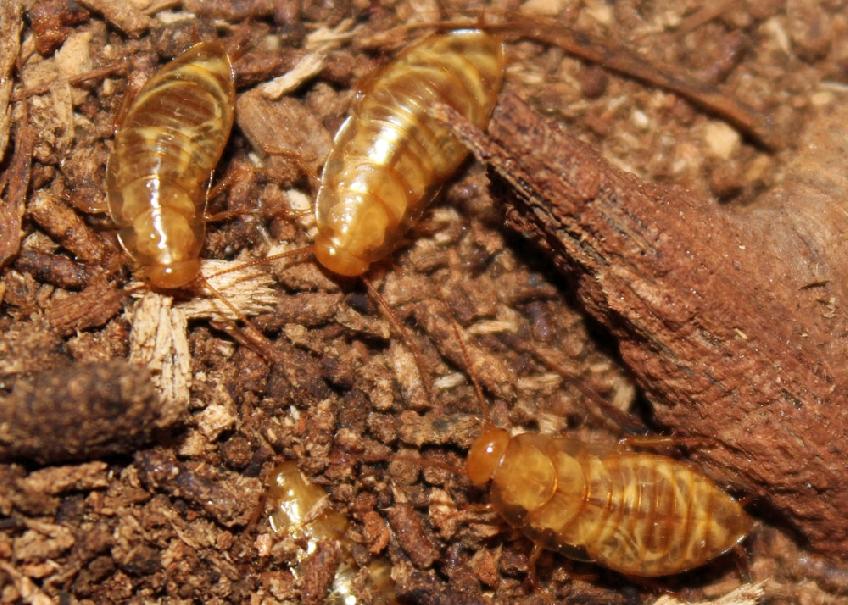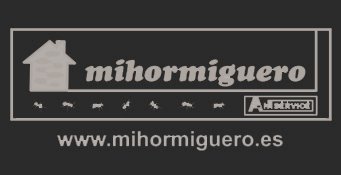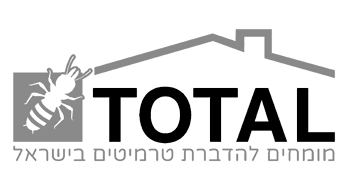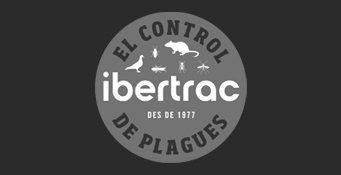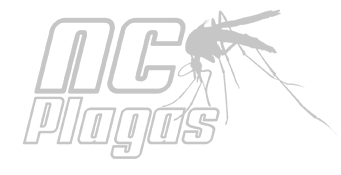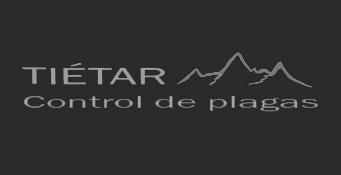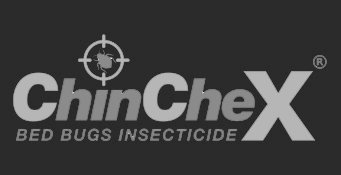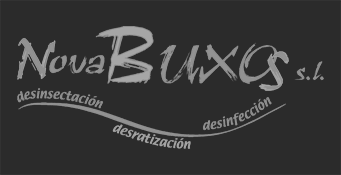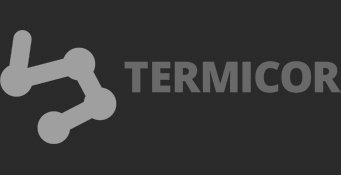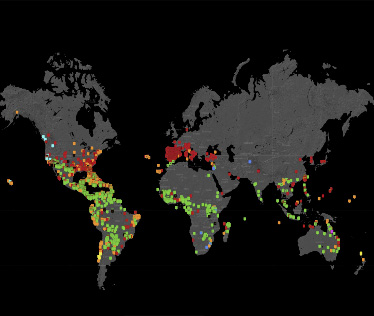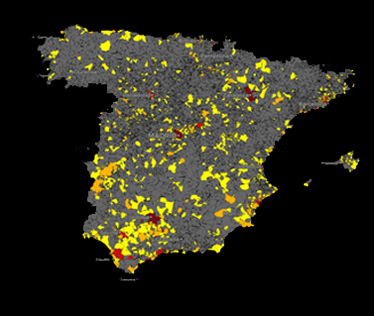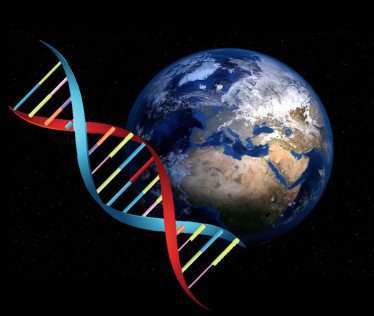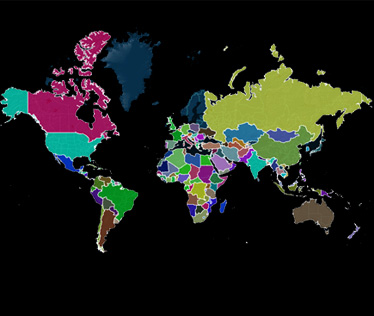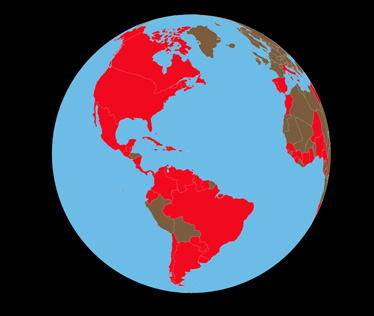Termites: advanced cockroaches
Phylogeny of the Isoptera infraorder
Termites are easily distinguishable from other insects thanks to their distinctive morphologies in each of their castes. However, its phylogenetic position has been widely debated. In this article we will explain the most widely accepted theory about the phylogenetic origin of termites: their classification as part of the Dictyoptera Superorder (along with cockroaches and mantises).
Although many times called "white ants", termites are not evolutionarily related to ants. Although both types of insects present physical similarities, eusocial behavior and organization by castes, ants belong to the Hymenoptera Order, to which bees and wasps also belong, evolutionarily distant from termites. The termites instead formed their own group, the Isoptera Order, whose existence was widely debated.
At present scientific evidence has reduced termites to an Infraorder or even a Superfamily. Thus, in February 2018 the renowned Entomological Society of the United States included termites in the Order Blattodea, thus assuming their kinship with cockroaches.
But ... why cockroaches?
At first glance, termites can look very different from cockroaches. Termites are characterized by their sociability, caste diversity and soft body, while cockroaches are mainly solitary creatures, without castes and with a hard exoskeleton. However it is not always so. Termites have castes with harder exoskeletons, such as soldiers and the royal couple, while cockroaches also go through weaker stages, such as nymphs (immature). But without a doubt, the greatest factor that unites termites and cockroaches is the existence of the Cryptocercidae family, which is characterized by its subsociability (tendency to associate in groups and form cooperative societies) and by feeding on wood.
The association of termites and cockroaches began in 1868, when the observation of various morphological similarities between both groups led to the proposition of their genetic proximity. Among other physical similarities, it is important to consider that termites are similar to cockroaches during their juvenile stage. This adaptation probably occurred due to the termite's lack of need to harden its cuticle thanks to living in fortified nests and moving inside specially made galleries to protect them from desiccation and predators.
In 1934, Cleveland related termites to wood-eating cockroaches based on the phylogenetic relationship between intestinal protozoa that both species have in the intestine and that help them digest cellulose. In those same years, Jucci and Koch confirmed the presence of a symbiont bacterium of the genus of cockroaches Cryptocercus in the oldest evolutionarily speaking termite, Mastotermes darwiniensis. In this way the scientific evidence grew supporting the relationship between termites and cockroaches, but it was not until 2007 that Inward and his collaborators published "Death of an order", forever changing the history of the Isoptera Order. In their publication they documented an extensive genetic examination of 107 species of cockroaches, termites and mantises, finding that they were phylogenetically related. Their classification placed termites as the Superfamily Termitoidae, whose origin would be the common ancestor between the Cryptocercidae family and these. This separation would have occurred during the Jurassic, 150 million years ago, and 50 million years before the appearance of other social insects such as ants and bees. In this way, termites would be nothing more than cockroaches with a high degree of sociability. This degree of sociability would be determined by the need to obtain their symbiotic protozoa, since while the cockroach maintains its protozoa in each molt, the termites lose them during this process. For this reason, termites need constant interaction between individuals to ensure their obtaining, forcing them to act as a social group.
Even though the fact that termites are cockroaches has been widely accepted, the position as Superfamily continues to be debated. Famous termitologists, such as Lo and Engel, prefer to classify them as the Infraorder Isoptera, in order to give stability to the nomenclature of these insects. In this way, at present there is a discrepancy in the classification of termites, depending on the author or organism that refers to them.
Do you want to know more about this topic?
Review the bibliography used for the creation of this article:
Cleveland LR. 1934. The wood feeding roach Cryptocercus, its protozoa, and the symbiosis between protozoa and roach. Memoirs of the American academy of arts and sciences, 17, 185-382.
Koch A. 1938. Symbiosestudien, 3: Die intrazellulare symbiose von Mastotermes darwiniensis Froggatt. Z Morph Okol Tiere 34: 384–609.
Eggleton P, Beccaloni G, Inward D. 2007. Response to Lo et al. Biology letters, 3 (5), 564-565.
Eggleton P. 2001. Termites and trees: a review of recent advances in termite phylogenetics. Insectes sociaux, 48 (3), 187-193.
Engel MS, Grimaldi DA, Krishna K. 2009. Termites (Isoptera): their phylogeny, classification, and rise to ecological dominance. American Museum Novitates, 1-27.
Inward D, Beccaloni G, Eggleton P. 2007. Death of an order: a comprehensive molecular phylogenetic study confirms that termites are eusocial cockroaches. Biology letters, 3 (3), 331-335.
Inward DJ, Vogler AP, Eggleton P. 2007. A comprehensive phylogenetic analysis of termites (Isoptera) illuminates key aspects of their evolutionary biology. Molecular phylogenetics and evolution, 44 (3), 953-967.
Lo N, Tokuda G, Watanabe H, Rose H, Slaytor M, Maekawa K, Bandi C, Noda H. 2000. Evidence from multiple gene sequences indicates that termites evolved from wood-feeding cockroaches. Current Biology, 10 (13), 801-804.
Link to the main image of this article: https://shop.bugsincyberspace.com/Cryptocercus-Cockroaches-bic243.htm
Un artículo escrito por la Dra. Valeria Palma-Onetto


